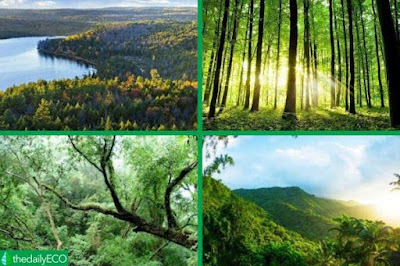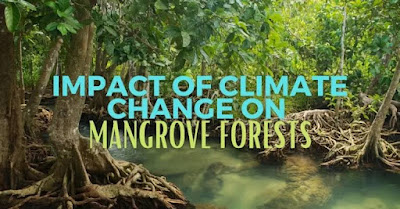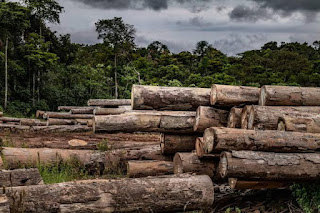Types of Forests:** - Forests come in various types
Forests come in various types, including tropical rainforests, temperate deciduous forests, boreal forests, and coniferous forests, each characterized by distinct flora and fauna.
Woodlands, the verdant lungs of our planet, envelop a rich embroidery of environments, each characterized by novel climatic circumstances and overflowing with different widely varied vegetation. Investigating the captivating universe of woods discloses an interesting cluster of types, from the lavish coverings of tropical rainforests to the cold scenes of boreal timberlands. How about we dig into the complex subtleties of these different forest domains.
**1. Tropical Rainforests:**
Settled close to the equator, tropical rainforests stand as unrivaled strongholds of biodiversity. Doused in overflowing precipitation, these woods gloat a rich, layered structure with transcending emanant trees, a different understory, and a clamoring backwoods floor. Home to famous species like the panther, toucan, and heap bugs, their many-sided environments contribute fundamentally to the World's hereditary repository.
**2. Mild Deciduous Forests:**
Changing with the seasons, mild deciduous backwoods elegance districts with unmistakable atmospheric conditions. Trees shed their leaves in harvest time, making an energetic embroidery of varieties. Squirrels, deer, and a heap of bird animal categories flourish in this powerful climate. This timberland type is common in calm zones, offering a charming showcase of nature's repeating beat.
**3. Boreal Woodlands (Taiga):**
Extending across the Northern Side of the equator, the boreal timberlands, or taiga, persevere through cruel winters and give a sanctuary to coniferous trees like tidy and pine. Adjusted to outrageous cool, famous animals, for example, the moose and dark wolf explore the snow-shrouded landscape. These immense fields assume a pivotal part in worldwide carbon stockpiling.
**4. Coniferous Forests:**
Overwhelmed by cone-bearing evergreens, coniferous woods flourish in a scope of environments. From the transcending redwoods of California to the pine woods of Scandinavia, these biological systems offer a sanctuary for animal categories like bears, birds, and tricky lynxes. The exceptional versatility of conifers guarantees their presence in different worldwide scenes.
**5. Montane Forests:**
Scaling the levels of rocky landscape, montane woodlands go through particular changes with height. From the base to the culmination, environments develop, exhibiting one of a kind plant and creature variations. These woods assume an essential part in controlling water stream and are home to subtle species adjusted to high-elevation residing.
**6. Mangrove Forests:**
Flourishing in the progress zones among land and ocean, mangrove timberlands give basic environments to different marine life. With their unmistakable underground roots, they safeguard shores from disintegration and tempest floods. Remarkable species like mudskippers and fiddler crabs call these saline waters home.
**7. Dry Forests:**
Getting through parched conditions, dry woodlands exhibit an exceptional strength. Very much adjusted plant species, including dry season safe trees, flourish in districts with low precipitation. These biological systems, frequently tracked down in deserts, add to worldwide biodiversity by supporting remarkably adjusted verdure.
**8. Tundra:**
While not routinely considered timberlands, the tundra biome includes low-developing vegetation adjusted to very cool environments. This treeless breadth, found in polar districts, harbors tough vegetation and fills in as a natural surroundings for notable Icy animals like polar bears and reindeer.
**9. Cloud Forests:**
Roosted at higher heights with steady overcast cover, cloud backwoods keep up with high stickiness levels. This exceptional climate cultivates particular variations among vegetation, including orchids, frogs, and tricky enormous felines. Cloud woods are urgent for water guideline and preservation.
**10. Subtropical Forests:**
Flourishing in districts with warm temperatures and unmistakable wet and dry seasons, subtropical woods harbor assorted biological systems. From the thick woods of the Amazon to the Australian rainforests, these locales support an abundance of biodiversity, including interesting marsupials, beautiful birds, and heap plant species.
All in all, the universe of woodlands is a spellbinding mosaic of life, unpredictably woven into the texture of our planet's environments. From the emerald overhangs of tropical rainforests to the snow-shrouded domains of boreal backwoods, each timberland type adds to the worldwide ensemble of nature, supporting life and controlling the fragile equilibrium of our planet.




Comments
Post a Comment